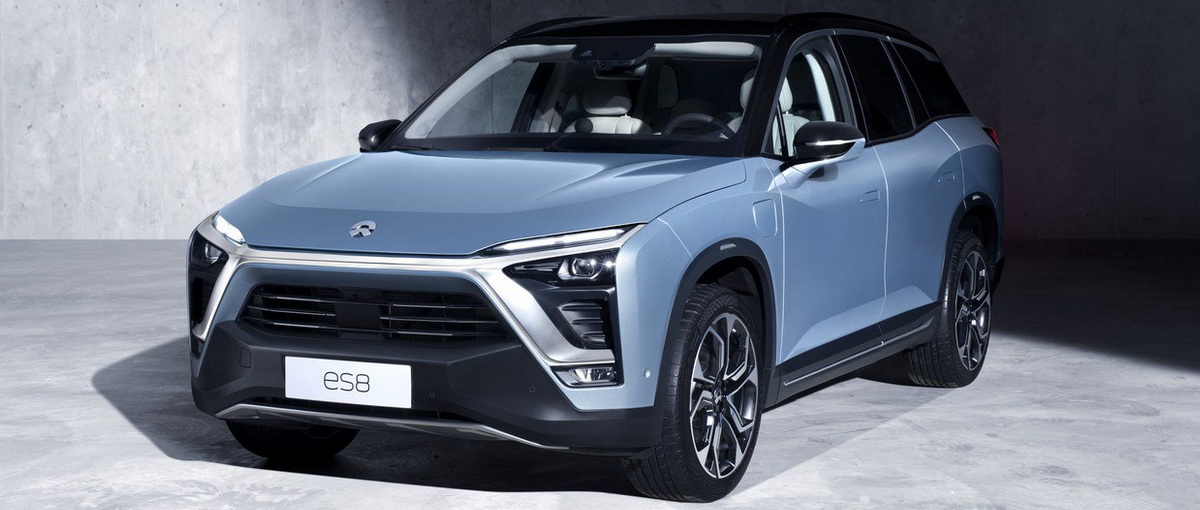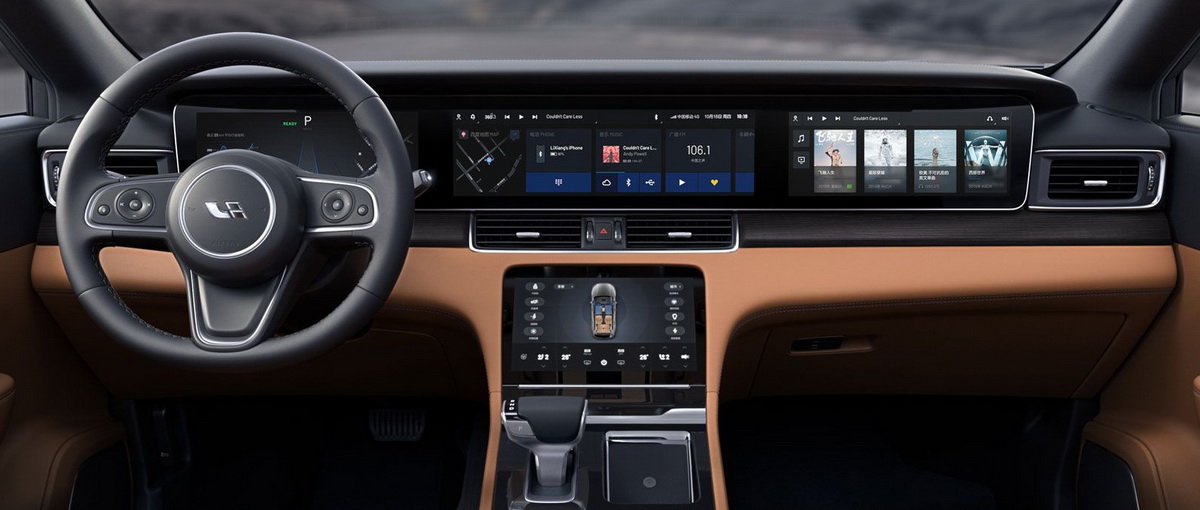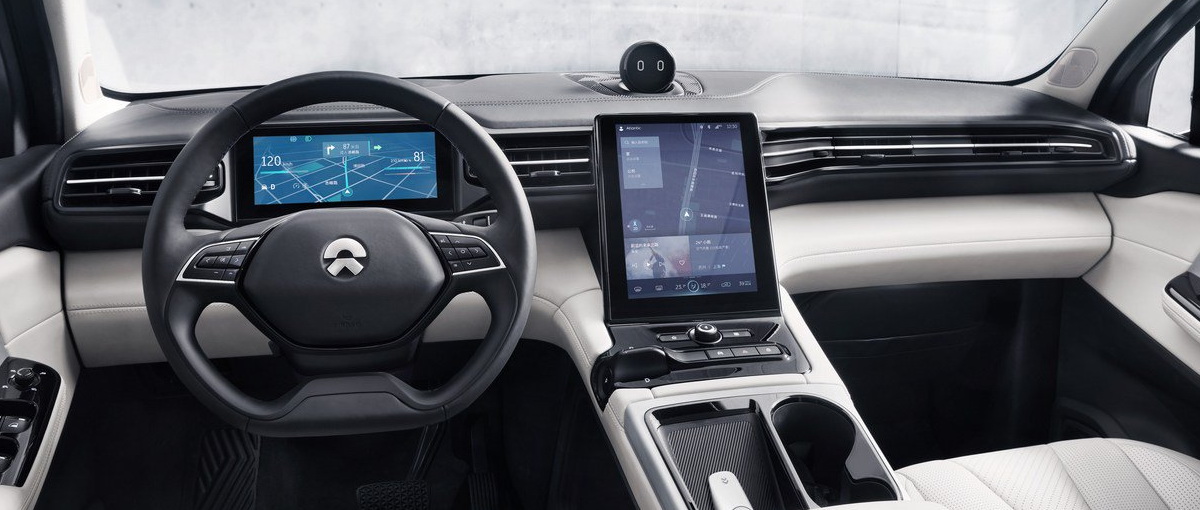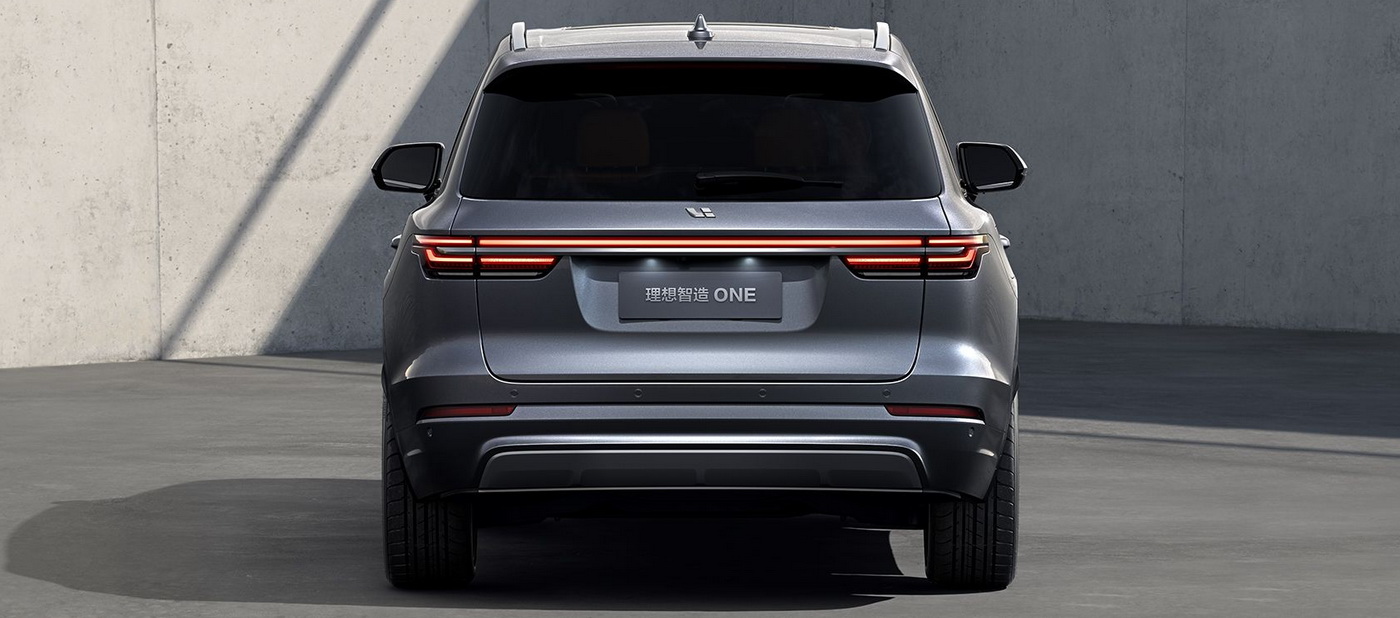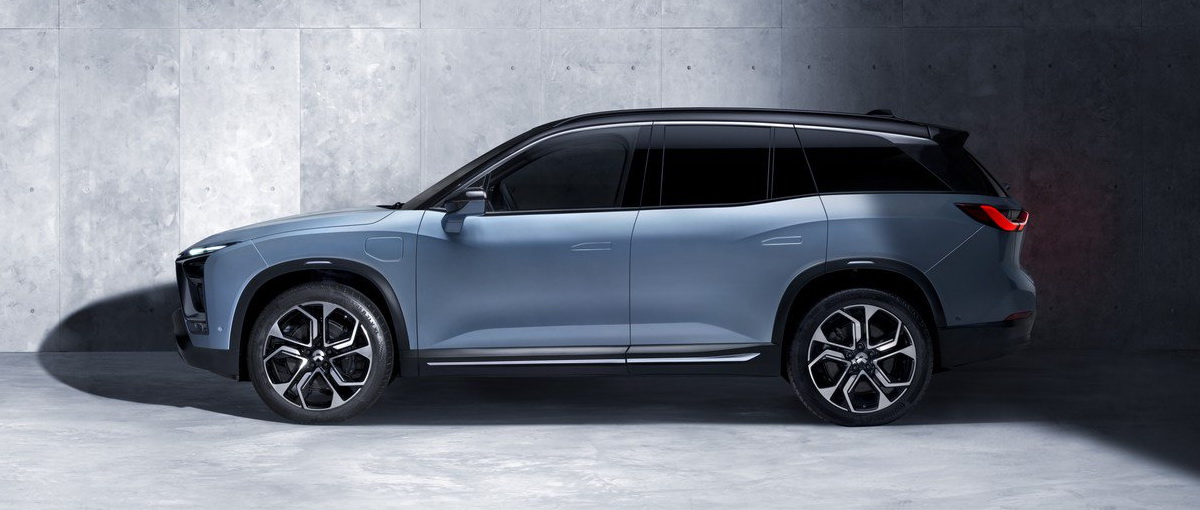Models hailing from the People’s Republic were, not that long ago, way sub-standard by West standards, but things have changed a lot. In fact, the day has come when we can put two sharply designed, electrified large Chinese SUVs up against one another.
Since competition breeds innovation, the fact that the Li Xiang One plug-in hybrid and the fully electric NIO ES8 look as good as they do on paper should come as no surprise. They’re both similar in size and feature high-tech interiors with materials that look premium and styling that wouldn’t look out of place in most foreign automakers’ lineup.
The Li Xiang One looks more conventional
It really does, don’t you think? Aside from that sleek light bar that runs across the front fascia, it has a typical large SUV design to the point where you could probably swap out the ‘Li’ badge from the hood and replace it with a Hyundai or a Lincoln one. Or better yet, let’s say this was “The New Genesis SUV” – you’d probably shrug it off and accept it, right? Well, in the end that can be both good and bad, depending on what you’re expectations are from a modern electrified SUV.
NIO’s ES8 is a little different. While we wouldn’t necessarily call it more modern-looking, it does look less conservative thanks to its sweeping shoulder line and sharp edges as well as a bolder front fascia.
As for size, the ES8 measures 196 inches (4,978 mm) in length, while the One is 197 inches (5,003 mm) long. This means they’re both only slightly shorter than say, an Audi Q7.
Quad-screen vs Tablet
Your eyes do not deceive you, as the Li Xiang One really does have a grand total of four displays embedded within its dashboard and center console. In front of the driver sits a large digital gauge cluster, joined to its right by two massive infotainment screens. The fourth display is right underneath and is used to operate ancillary systems such as climate control.
In terms of quality, there’s an abundance of Nappa leather that is sourced from the same manufacturer that supplies BMW with its leather upholsteries. As for on-board tech, while details are a little scarce as of right now, we do know that it comes standard with Level 2 autonomous technology.
The NIO ES8, on the other hand, boasts a simpler dashboard design, with a digital gauge cluster behind the steering wheel and a tablet-style infotainment display positioned at an angle towards the driver. The ES8 has plenty of Nappa leather, too, plus an advanced driver assistance system that uses a total of 23 sensors, including a trifocal front-facing camera, four exterior cameras, five millimeter-wave radars, a driver monitoring camera and 12 ultrasonic sensors. All this tech allows for automatic emergency braking, traffic jam assist and a highway pilot, while blind spot detection, traffic sign recognition and a lane departure warning system are also available.
Do you want power or range?
The new Li Xiang One utilizes a plug-in hybrid system where a 1.2-liter turbocharged petrol unit acts as a range extender for the electric motor and doesn’t actually power the wheels. The total output is 326 HP (330 PS) and 530 Nm (390 lb-ft) of torque, and you can travel for 700 km (434 miles) in-between charges.
In the NIO ES8, you benefit from a 70 kWh battery pack that allows for a much lower range of just 355 km (220 miles). The upside is that the two electric motors have an extremely impressive total output of 643 HP (652 PS) and 840 Nm (619 lb-ft) of torque. That’s good enough to get you from 0 to 100 km/h (62 mph) in just 4.4 seconds.
As for pricing, the ES8 is more expensive due to its higher levels of on-board tech and the fact that it’s fully electric and massively powerful. You’ll spend upwards of ¥448,000 ($67,715) for the NIO, while the Li Xiang One is priced around ¥400,000, or just under $60,000. We’ll learn more about the latter at next month’s Shanghai Auto Show.





